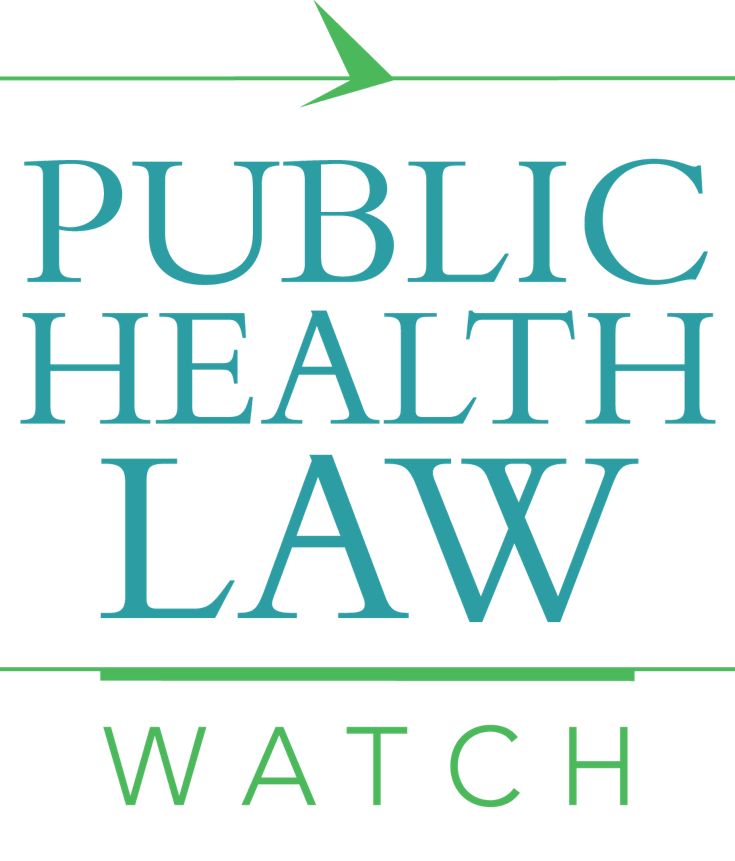By Wendy E. Parmet and Elisabeth J. Ryan
When the Senate approved the “Right to Try Act of 2017” on August 3, Republican sponsor Senator Ron Johnson hailed it as a law that helps “real people facing their mortality with no hope.” The bill allows patients with “a life-threatening disease or condition” who have “exhausted approved treatment options” to go directly to pharmaceutical companies and request access to drugs or devices not yet approved through the traditional process. The bill does not, however, require those drug companies to grant any such requests. It also does not address how much drug companies can charge those patients for access. And the rhetoric hailing it as a savior for patients “with no hope” ignores the fact that the FDA already has an Expanded Access (Compassionate Use) procedure that allows patients to access investigational medical products outside of clinical trials. In fact, the FDA has approved over 99% of such requests, some in as little as 24 hours in emergency situations. So the “Right to Try Act of 2017” wouldn’t actually create any new access rights; rather it would end the FDA’s oversight role. In addition, the “Right to Try Act” would immunize drug companies and prescribing physicians from liability that may arise from a patient’s use of an unapproved drug or device (or from the denial of access to those drugs and devices) except in cases of “reckless or willful misconduct, gross negligence, or an intentional tort.”
Thirty-seven states already have “right to try” laws, which have been pushed heavily by anti-regulatory, libertarian efforts. These laws have often passed with virtually no opposition because many health professionals and politicians fear “being seen as opposing any one patient’s question to save his or her life.” But states don’t actually have the authority to regulate drug approval and such laws affect little in practice. In fact, as Professor Rachel Sachs stated, "It’s telling that although 37 states have adopted these laws, when asked to provide examples of success stories, one of the primary groups pushing for their adoption can only provide the testimonies of six patients who received access to experimental medicines through a single physician in a single state."
Federal legislation has the potential to seriously undermine not only regulatory protections, but also the “integrity of clinical trials, which remain the safest way for patients to try experimental drugs.” To qualify for the bill’s “right to try,” patients must be “unable to participate in a clinical trial,” but what that means remains unclear. If the language is read broadly to include not only patients who fall outside a trial’s parameters, but also those who cannot access trials due to other reasons (such as distance from a trial site), the bill might reduce patients’ willingness to participate in clinical trials which are vital to protecting population health by gathering evidence as to the safety and efficacy of new drugs. Perhaps the better solution would be to expand the population of eligible participants for clinical trials. As Kelly McBride Folkers says in the prior linked article, “Not only are the sickest individuals often denied spots in a clinical trial, but people of color, women, those who live in rural communities, and those without adequate insurance are vastly underrepresented in clinical trial populations. Their absence greatly diminishes the utility of the data gathered from these trials.” Finally, the FDA needs more oversight of unapproved medical devices, not less. “The agency’s guidance protects patients from exploitation, as well as from well-intended but misguided therapeutic attempts that can cause even more harm or pain than patients are already experiencing from their underlying disease or condition.”
Senator Johnson refused to allow a Senate vote on the FDA budget unless the “Right to Try” legislation was attached to it, fast-tracking its approval with minimal debate; the House may subject it to more scrutiny. The bill, however, remains politically risky to oppose, which could result in harm far more difficult to articulate than “hope for the hopeless.”
